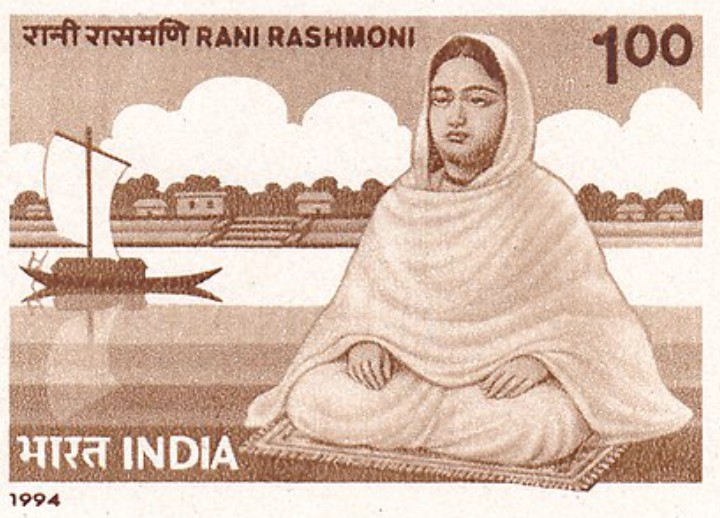Why in the News?
The Prime Minister has paid tribute to Rani Rashmoni on her birth anniversary on 28th September.

Who was Rani Rashmoni (1793–1861)?
- Overview: A prominent zamindar, businesswoman, philanthropist, and social reformer from 19th-century Bengal.
- Birth: Born on 28 September 1793 in Halisahar, Bengal.
- Marriage: Married at the age of 11 to Raja Raj Chandra Das, wealthy zamindar of Janbazar, Kolkata.
- Leadership: Took charge of the estate and business after her husband’s death in 1836, unusual for women of her time.
- Reputation: Revered as “Lokmata” (Mother of the People) for her courage, administration, and social commitment.
Her Contributions:
- Patronage: Built the Dakshineswar Kali Temple (1847–1855); appointed Sri Ramakrishna Paramahamsa as chief priest despite caste opposition.
- Social Reforms: Opposed polygamy and child marriage; supported widow remarriage; submitted a draft bill against polygamy to the British.
- Public Welfare & Infrastructure: Constructed major ghats on the Ganga including Babughat, Ahiritola Ghat, Nimtala Ghat. Funded roads, reservoirs, and pilgrim facilities, such as the road from Subarnarekha River to Puri.
- Resistance to British Rule: Fought against fishing taxes on Hooghly fishermen by blocking river traffic, compelling British to abolish the tax. Defied British restrictions on Durga Puja processions, preserving traditions.
- Support for Education & Culture: Donated to the Imperial Library (now National Library of India) and Hindu College (now Presidency University). Established schools for women and marginalized groups.
| [UPSC 2024] Consider the following statements about Raja Ram Mohan Roy:
I. He possessed great love and respect for the traditional philosophical systems of the East. II. He desired his countrymen to accept the rational and scientific approach and the principle of human dignity and social equality of all men and women. Which of the statements given above is/are correct? (a) I only (b) II only (c) Both I and II* (d) Neither I nor II |
Get an IAS/IPS ranker as your 1: 1 personal mentor for UPSC 2024

